Why do we need to have Indoor house plants?
Whether it is old or new, your home could be harboring unhealthy (and invisible) toxins
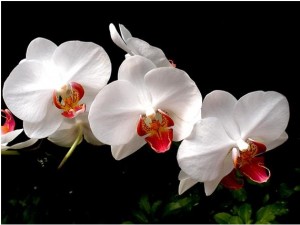
Whether it is old or new, your home could be harboring unhealthy (and invisible) toxins
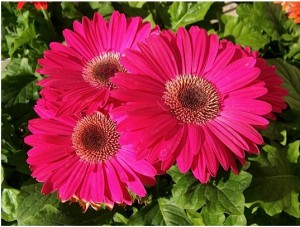
Nothing is better at beating the winter blues—dirty air, and lackluster décor—than a flowering houseplant.

Boston ferns remove more formaldehyde than any other plant. They are also highly efficient at removing other indoor air pollutants, such as benzene and xylene.

Rubber plants are evergreen trees from India. Tropical in appearance, they make handsome container specimens.
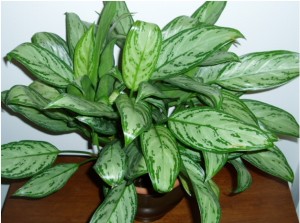
This easy-to-care-for plant can help filter out a variety of air pollutants and begins to remove more toxins as time and exposure continues.
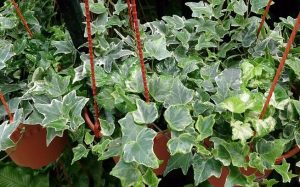
A study found that this plant reduces airborne fecal-matter particles.
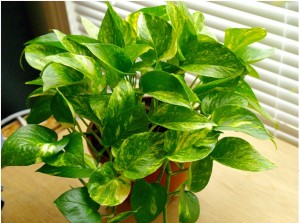
Another powerful plant for tackling formaldehyde, this fast-growing vine will create a cascade of green from a hanging basket.
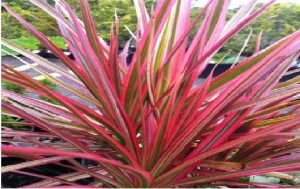
This large group of houseplants offers selections in all shapes, sizes, and colors